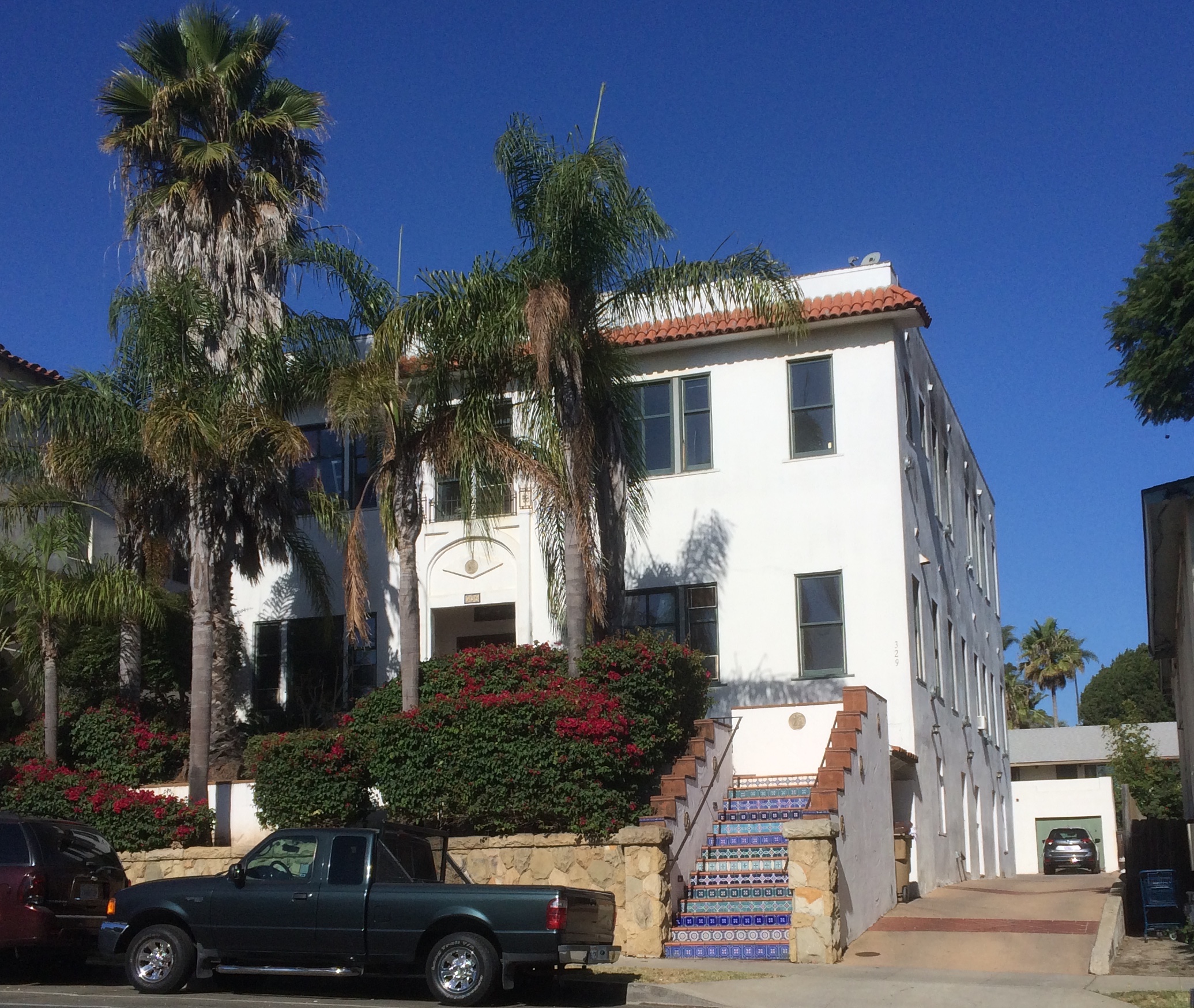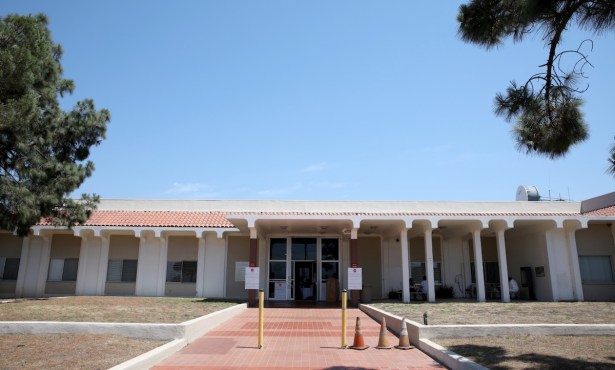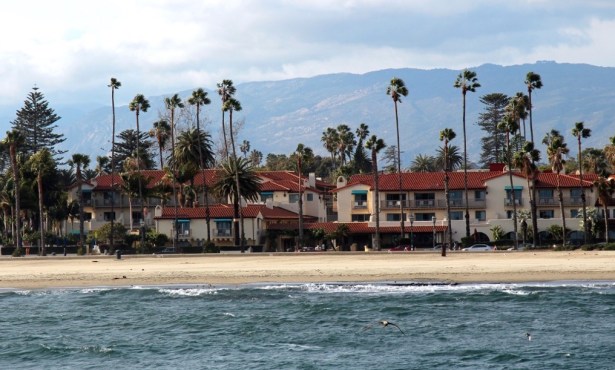Glimmer of Light in Santa Barbara’s Pini Wars
Handful of Apartments Okayed by City in Court-Ordered Property Repairs

Given the invective hurled at every hearing, it was surprising last Friday to hear Dario Pini’s attorney concede in court that one-bedrooms in Pini’s apartments could be changed to studios. “You don’t get much more in rent from a one-bedroom,” an uncharacteristically subdued Paul Burns said. He immediately followed with an attack on the cost of the change order. September 27 was the latest chapter in the Pini receivership: eight properties put in the hands of receiver William Hoffman by Judge Colleen Sterne to fix hundreds of unhealthy and dangerous code violations. The City of Santa Barbara pursued the repairs for more than two decades before finally filing a lawsuit to compel them in 2017.
This time, the court learned that Pini had built, without permits, tiny one-bedrooms inside at least 10 small studio apartments. Recently at Pini’s West Mission Street apartments, contractors found another series of walls built without permit after entering what they thought was a four-bedroom unit. They soon realized two of the rooms weren’t on the building plans. The eight people living legally in that apartment were suddenly living illegally in a two-bedroom apartment, according to the city’s overcrowding ordinance. They’ve received a 60-day notice to reduce their numbers or leave.
Overcrowding is endemic at Pini’s properties, good for tenants who can’t otherwise afford Santa Barbara’s high rents, bad in terms of public health and safety. At Pini’s Los Aguajes units, as many as six people are living in one studio. On the other hand, at East Carrillo Street, two studio apartments each contain an adult leaseholder and a child, per Hoffman’s census of tenants. Whether what appear to be small families are to be evicted from a $1,200 studio is an open question.
In all, 41 tenants across the properties being managed by Hoffman now are likely to receive eviction notices for overcrowding. Already, other tenants who’ve received them have moved, made flatmates leave, or are fighting their eviction. That fight is going on in a different courtroom: Judge Donna Geck’s. She tossed the first case out of court because the receiver’s representative attended the hearing rather than Hoffman himself, though Hoffman made the declaration alleging the wrongful tenancy. It should be stated that in Judge Stern’s courtroom, Hoffman’s property management company, Trigild, is recognized as Hoffman’s proxy in day-to-day dealings at the properties. As well, Burns challenges Trigild’s role at every hearing, though during the trial, Pini, and his lenders, proposed Hoffman as the receiver. Altogether, 11 unlawful detainer actions have been filed against Pini’s tenants by yet another attorney hired for the purpose, Ray Rengo of Santa Barbara law firm Cohn Rengo.
Nearly lost amid the storms of argument is the progress being made on the first set of apartments — rotted bathrooms have been replaced, plumbing installed professionally, and vermin exterminated at West Mission. Of its 290 violations, 127 have been cured. Six of its 16 apartments were signed off by the city; three more are pending; exterior issues are in the coming line-up of work. At West Arrellaga Street, however, the history of Pini’s neglect is apparent in wood rot that has spread from one apartment to another. Though Hoffman’s management company has been moving tenants to empty apartments in order to work on their apartment, at West Arrellaga, where rot in one apartment is apparent in the one above, the second-floor apartment is overcrowded; Hoffman’s managers, Trigild, are reluctant to move too many people into a freshly repaired unit. Instead, they are waiting for the eviction process to force the tenants to leave.
Pini’s habit of building code violations isn’t limited to Santa Barbara. The City of Carpinteria had similar problems with his apartments connected to his Casa del Sol motel. Carpinteria signed a settlement with Pini in 2014 to correct electrical, rot, and mold issues on time or face penalties. A second settlement was necessary in 2016, again signed by Pini and again assessing penalties for noncompliance. In issuing the permits for the motel and apartment work, Carpinteria had imposed a timeline to ensure the work was completed. According to the complaint filed in August, little work was done on time. What was done often had to be corrected. Pini was overdue on $190,000 in penalties, and Carpinteria wanted its bill paid to compensate taxpayers for some of the “hundreds of staff hours and hundreds of thousands of dollars of public funds” it had spent, said City Manager Dave Durflinger.
On West Mission Street in Santa Barbara, a glimmer of light is becoming visible at the distant end of repairs, according to Hoffman’s latest set of reports to the court. His management team is researching rental prices for similar apartments and estimating the final touches, like paint, baseboards, and window screens, needed to put them on the market.



